This year marks the 100th anniversary of the end of World War I – the Great War. It is a fitting occasion to look back at the spark that ignited this war that shook the world to its core. Thanks to Harry Andrew Miller for his guest post on this subject. – The Editor
It has often been said that we are living in a world that is a result of the First World War. Thinking broadly for a second, if there was no First World War, there might not have been a Second World War. No Second World War. No Cold War. No Korea. No Vietnam. No Afghanistan. No Mujahedeen. No War on Terror. Of course, this is thinking very broad, and it is impossible to say, with any degree of certainty, whether these events would have happened or not, had the First World War not happened. There is a very real chance they may still have occurred.
But this line of thinking does lend itself to some very interesting questions; specifically, how did the First World War begin? Who caused it? What happened?
World War One is a complex series of events, put into motion by alliances, enemies, border expansion, and threats of violence. Promised made, and kept, long before the war “were the difference between yet another local Balkan difficulty and a worldwide conflagration,”1 As such, there is no one single event that can be called the ‘sole cause of the war’; but there is the straw that seemingly broke the camel’s back.
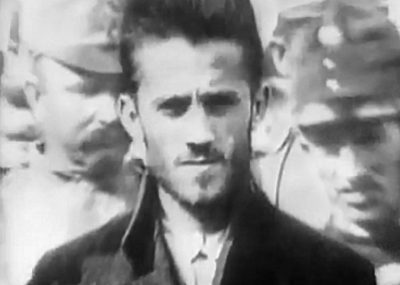
On June 28th, 1914, Archduke Franz Ferdinand, the heir to the Austro-Hungarian empire, was murdered in Sarajevo, the capital of Bosnia and Herzegovina. He was in the capital to inspect the empire’s military forces, and to ensure that the military was capable of protecting the region (Bosnia and Herzegovina had recently been annexed by Austria-Hungary, and there were many who believed the nation should belong to parts of Serbia instead). Ferdinand was there with his wife Sophie; who, at the time, was allegedly pregnant with their fourth child.2 Unbeknownst to the couple, another group, a terrorist organisation known as the Black Hand, was also there in Sarajevo on that day. The Black Hand, who’s motto was ‘Unity or Death,’3 was a secret society committed to the creation of a greater Serbian state. They resented Ferdinand, and everything he, and the empire he belonged to, stood for.
The assassination group numbered seven men, some of them barely into their adulthood. On the morning of June 28th, the Black Hand began their assassination plan by blending in with the crowd who had formed on the sides of the road, eager to see the Archduke and his wife. As Ferdinand’s open topped car drove down one of Sarajevo’s streets, the group took their first attempt. Serbian nationalist, Nedeljko Cabrinovic, threw a grenade at the car, as it drives past. To his dismay, the grenade he used was quite an old one, and it had a ten-second fuse, longer than Cabrinovic anticipated.4 The grenade harmlessly bounced off the car carrying Ferdinand, and explodes beneath the vehicle behind him. Reports say that some officers, and even some members of the public were hurt in the explosion, but Archduke Ferdinand was completely uninjured.
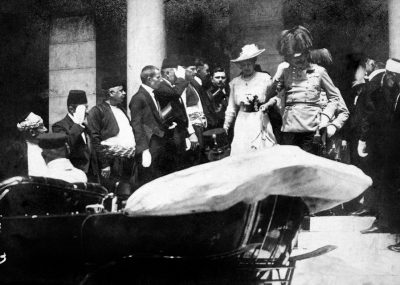
After this disastrous attempt, the Black Hand gives up. Franz Ferdinand’s motorcade is put on hold, and he is relocated to the town hall, to meet with state officials. The Black Hand believed their one shot at assassinating the Archduke to be over and, as such, they went their separate ways. Gavrilo Princip, a nineteen-year-old man, headed to Moritz Schiller’s delicatessen, where eyewitnesses say he spent several moments talking to a friend.5
Unbeknownst to Gavrilo Princip, Archduke Franz Ferdinand changed his plan at the last minute. As he was exiting the town hall, Ferdinand decided to pay a visit to the local hospital, to see the men injured in Cabrinovic’s grenade blast.
The rest of the story is well known: Ferdinand’s driver was a stranger to Sarajevo, and took a wrong turn, ending up right in front of Shiller’s delicatessen. Princip notices his target, sitting in a motionless car, several meters away from him, and he springs into action. Within moments, his Browning pistol is in his hand, and he fires.
The first bullet hits Ferdinand’s wife Sophie, in the stomach. The second bullet hits Ferdinand himself, in the neck; his jugular vein is severed, and he is losing blood quickly.
There would not be a third bullet. Princip turned the gun on himself, and tried to fire, but he was overpowered by the crowd, and arrested by police before he could do so.6 He would spend the rest of his days in prison, until tuberculosis claimed his life four years later.
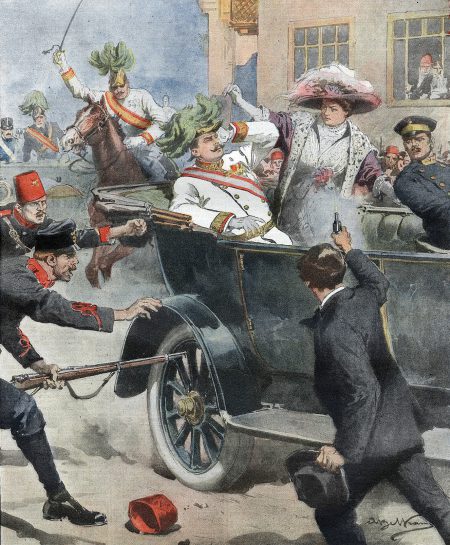
As for Sophie and Franz, they did not survive the hour. After being shot, Sophie collapsed on the floor of the car, where she soon lost consciousness. Count Franz von Harrach, a man who was in the car with the Archduke and his wife, at the time of their assassination, leapt over and tried to stop the Archduke’s bleeding. Ferdinand’s last words were a hollow attempt at reassuring von Harrach, as he repeatedly insisted he was fine, saying “It’s nothing.”7 He too, eventually lost consciousness and, on arrival at the governor of Sarajevo’s residence, the couple were pronounced deceased.
Archduke Franz Ferdinand and his wife came to Sarajevo, on June 28th, 1914, expecting some resistance, but nothing could have prepared them for what happened. Their deaths sparked a domino effect, which shortly lead to the official declaration of the First World War. Princip, for his part, also would not have expected the consequences his actions would cause. He, and the rest of the Black Hand, were fighting for Bosnian inclusion in a Serbian state, but what they ended up causing was one of the deadliest wars in human history.
About the Author
Harry Andrew Miller is an up and coming freelance history writer from Australia. He specializes in writing about twentieth century history, but his interests encapsulate all historical eras. If you have a historical piece of content you need written, ghost written, proofread, or edited, feel free to visit Harry at his website, at www.harryandrewmiller.com.
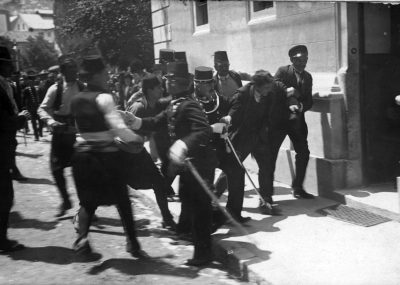
Bibliography
Bidgood, Anthony, Helen Calvert, Melissa J. Clarke-Birch, John Hewitt, Adrian Puckering, and Michael Spurr. Twentieth Century History, 1900-1945. Victoria: History Teachers’ Association of Victoria, 2006.
Dash, Mike. “The Origin of the Tale that Gavrilo Princip Was Eating a Sandwich When he Assassinated Franz Ferdinand,” September 15th, 2011. Accessed August 30th, 2018, from https://www.smithsonianmag.com/history/gavrilo-princips-sandwich-79480741/
History.com. “Archduke Franz Ferdinand Assassinated,” 2009. Accessed August 31st, 2018, from https://www.history.com/this-day-in-history/archduke-franz-ferdinand-assassinated
Footnotes
[1] Anthony Bidgood et al., Twentieth Century History (Victoria: History Teachers’ Association of Victoria, 2006), 13-37.
[2] Bidgood et al., Twentieth Century History, 15.
[3] Bidgood et al., Twentieth Century History, 14.
[4] Mike Dash, “The Origin of the Tale that Gavrilo Princip Was Eating a Sandwich When He Assassinated Franz Ferdinand,” September 15th, 2011. Accessed August 30th, 2018, from https://www.smithsonianmag.com/history/gavrilo-princips-sandwich-79480741/
[5] Dash, “Gavrilo Princip was Eating a Sandwich.”
[6] History.com, “Archduke Franz Ferdinand Assassinated,” 2009. Accessed August 31st, 2018, from https://www.history.com/this-day-in-history/archduke-franz-ferdinand-assassinated
[7] Bidgood et al., Twentieth Century History, 36.


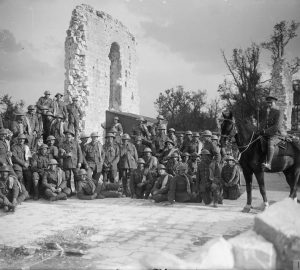
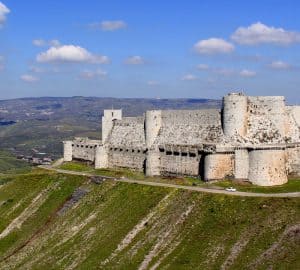
Big thanks to Discerning History for publishing this. I had a great time writing it!